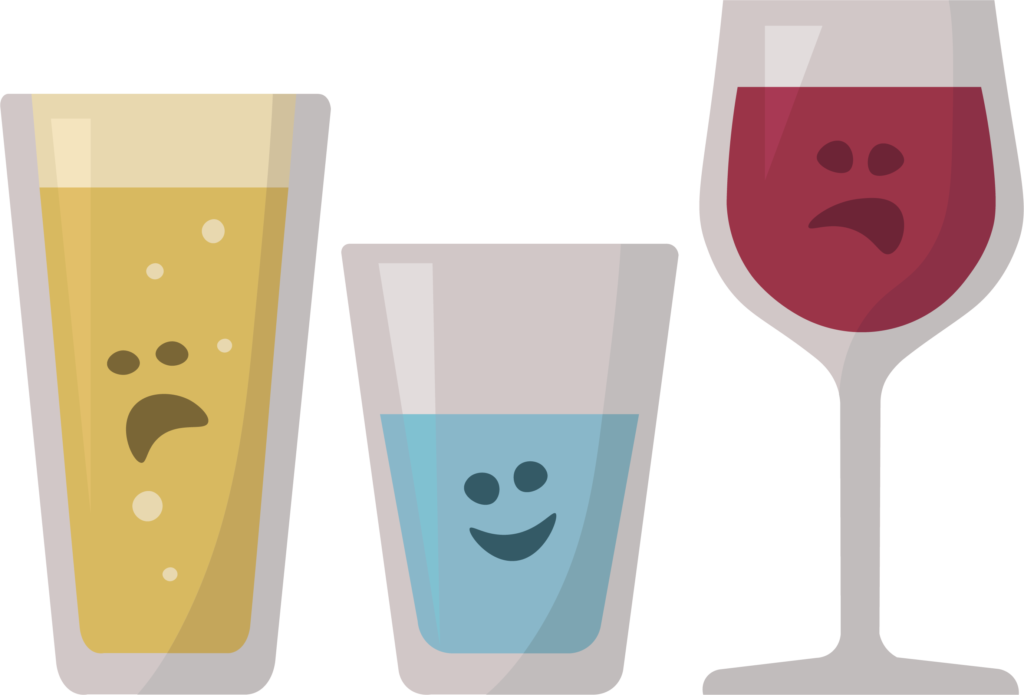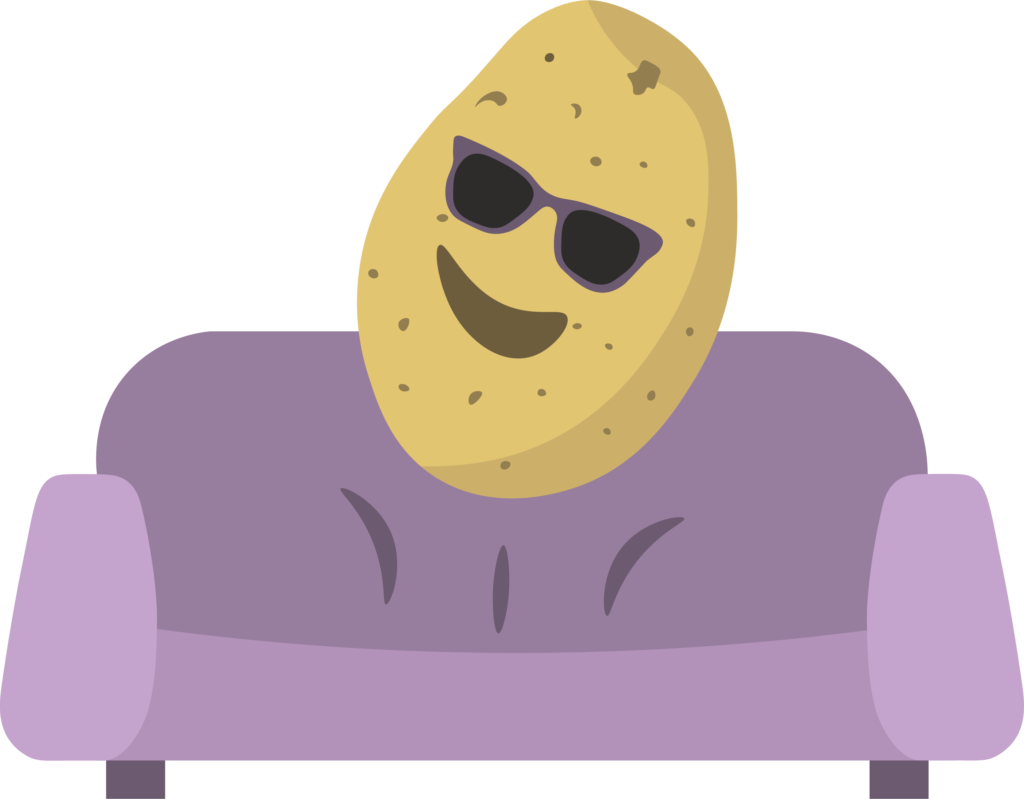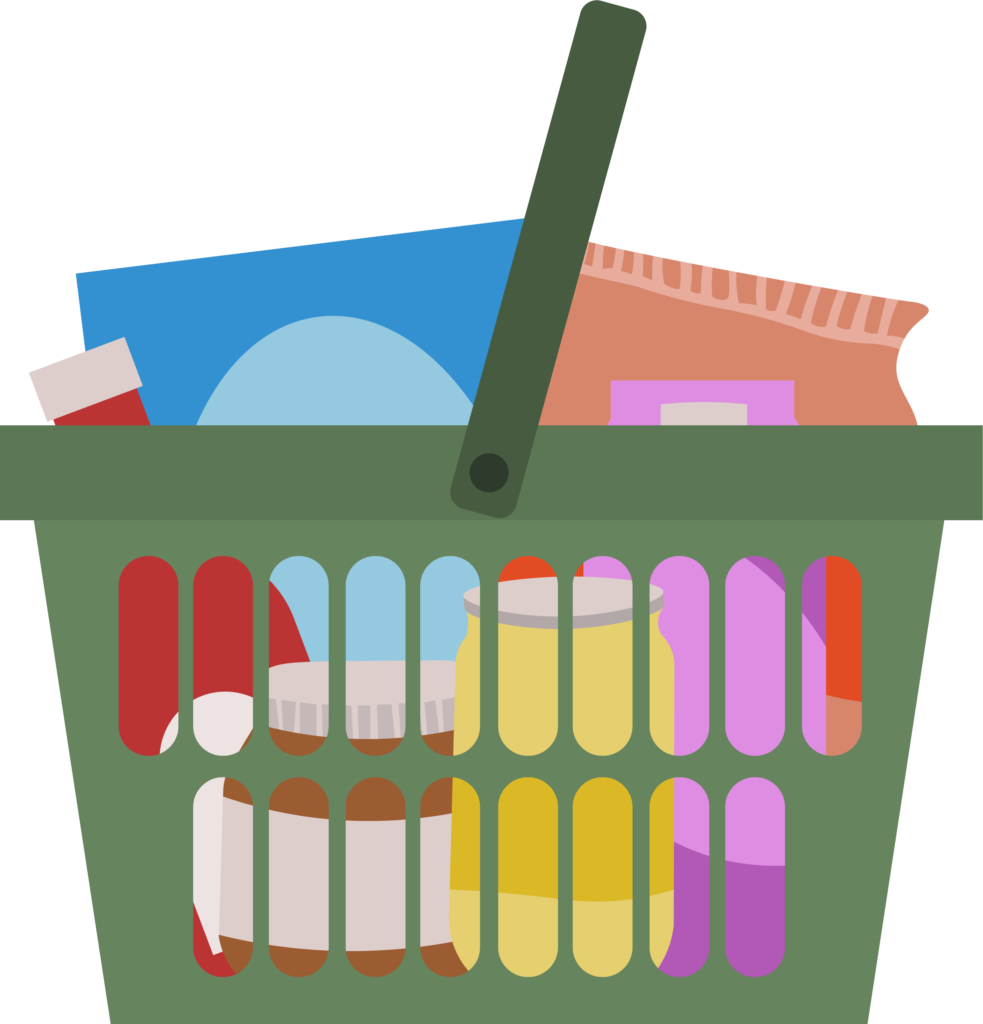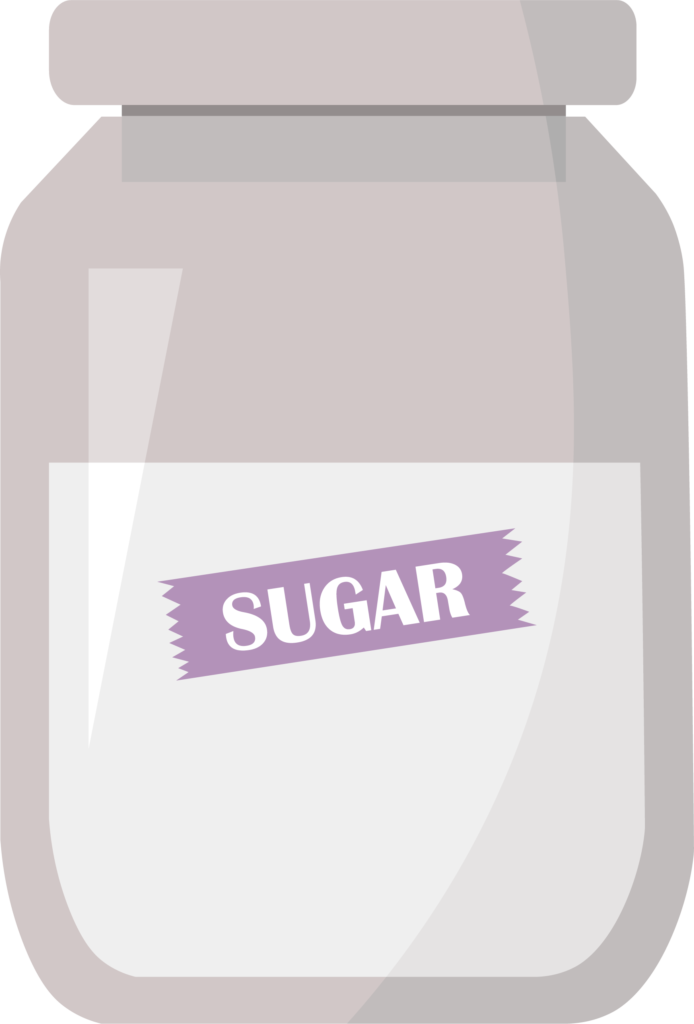Healthy chocolate?!
Unfortunately eating Bean-to-Bar chocolate will not suddenly make you healthy. However, we believe that good food can contribute to good health.
In the past years, we realised how food can have a big impact on our daily life. Think about discomforts as extra kilos, tiredness, stomach and bowel issues, skin problems… (yes, we’ve been there too!). While shifting to a lifestyle that felt better for us, we discovered dark Bean-to-Bar chocolate and with it, a way to treat ourselves without compromising our health. Sounds good, right?
Before we go further into that, we want to make clear that good food won’t do it on its own.

Our recipe for a healthy lifestyle

Ingredient no. 1
EVERYBODY IS DIFFERENT. A healthy lifestyle starts with understanding your own body. There is no need to compare yourself with others. For example, Ricardo’s body type is very different from Britt’s, but by trial and error we found out which lifestyle fits us both and which actions we better do separately.

Ingredient no. 2
WE ARE WHAT WE EAT. Food intake is definitely not about calorie counting. Or do you really think that a sugary cookie with the same amount of calories as an apple will nourish your body in the same way? Unlike the cookie, the apple is packed with nutrients.
When it comes to food, our rule of thumb is: keep it simple. Cooking your own food at home with natural and seasonal ingredients is always the best option. However, knowing you could easily prepare the food you buy yourself at home, is a good sign too. So if you see any chemicals listed or substances you can’t even pronounce… You get our point, right?
We can’t live in a healthy way without being aware of our environment. For example, people living in a cold climate need a different diet than people living in tropical countries. Moreover, a poorly cared for environment will reduce the quality of the food it grows. Everything is connected.


Ingredient no. 3
STAY HYDRATED. Especially when you are focussed on your work, you might forget to drink enough water. At one point, for example, Britt had to set an alarm every hour to remind herself to drink a glass of water. It was also the best excuse to take a little break from work and stretch the legs while walking to the kitchen. After a couple of days she already felt the difference: she could concentrate better, her skin was smoother, her nails were stronger…
Oh, and don’t be too cool to drink a glass of water between two glasses of your favourite wine or beer.

Ingredient no. 4
DETOX, because sadly we don’t live on an organic planet anymore. We are constantly exposed to unnatural substances such as plastics and heavy metals, but we can help our body to reduce those toxins by:
- fasting,
- the intake of certain herbs,
- sweating (we love saunas!),
- losing weight,
- and enough variety (within a routine).


Ingredient no. 5
ACTIVATE THAT BODY! We all need some regular physical activity. Throughout human history, dancing has played an important role in many cultures. We believe it is the best form of exercise that anyone can do, but move however you want to. You don’t have to start running marathons or hitting the gym every day. For us it’s enough to just bike or walk to work or the market, do some stretching or yoga exercises at home or go to see one of our favourite DJ’s and dance all day/night long. Making movement part of our daily activities is essential.

Ingredient no. 6
BUILD A ROUTINE that works for you and try to keep it. Your body works the best when following a certain rhythm. Try to wake up, eat and go to bed around the same time every day. Of course, there are exceptions now and then, but always try to go back to your routine afterwards. A routine doesn’t exclude variation. On the contrary, it is very important. So don’t eat the same food everyday, take different routes biking to work…
Also, don’t forget to dedicate a regular amount of time every week for activities that give you energy and can even help handling stress or anxiety. For example, Britt likes to dance or make art to express herself while Ricardo prefers to look for new music to mix. So use your time to read a book, write poetry, learn a language, experiment in the kitchen… As long as it makes you feel good! Having a routine might help you to get through hard times.


Ingredient no. 7
SLEEP is extremely precious. The amount of needed hours of sleep might be different from one person to another, but try to sleep enough. By experience, we know that no more or less than 8 hours of sleep does wonders for us.
Are you sleeping sufficient hours, but still waking up with a bad mood or without energy? You can try to improve your REM sleep. This is the part of your sleep where your brain is processing the emotions you have experienced that day. We can stimulate it by making our room pitch dark at night, doing some exercises or reading before sleeping and avoiding screens right before bed. No matter how difficult the last may sound…

Ingredient no. 8
Last but definitely not least, health concerns EMOTIONS! According to the Britannica Dictionary, health is “the state of complete emotional and physical well-being”. Studies have shown that interactions, the relationships we have, are remarkably important to our health. In our modern society loneliness seems to be the biggest killer.
For years, Ricardo asked himself why there are so many cases of burn-out and depression in Belgium in comparison to his native country Venezuela, where for many years there has been a strong socio-economic crisis. Now we understand that the community feeling, but also beliefs and spirituality, might be stronger in Venezuela than in Belgium. We can make the same comparison between the past and the present in Belgium: in times of war there was still a sense of belonging, while today there is peace, but neighbours often do not know each other.

After reading many books, listening to podcasts, following experts and so much trial and error, we have figured out what works for us to ‘feel healthy’. We know from experience that when you want to make some positive changes to your lifestyle, it is hard to know where to start. You are just immediately bombarded with so much information that it becomes really hard to figure out what is bad and what is good. However, the journey is worth it and we hope in this way we can inspire you to keep developing your beautiful selves.
Why we avoid highly processed food and refined sugar
Supermarket food is mostly highly processed and is designed to not be consumed by organic life such as bacteria and fungi. The food industry only forgets one thing: the same is true for the human body. The added preservatives keep the food intact while our body wants to break it down. Basically, they are fighting against our body’s digestive system. No wonder so many people develop food intolerances or suffer from irritable bowel syndrome.
This was a big eye opener for us. We started to avoid highly processed food and gradually stopped going to the regular supermarkets. We are lucky to have different organic farmer’s markets in the neighbourhood. At first we thought it would be too expensive to sustain in the long term, but we figured it is not a luxury to give our bodies good food. On the contrary, food should be a priority to spend a significant percentage of our salary on. We are so used to cheap supermarket prices that the value we place on food is out of proportion. Nevertheless, buying seasonal fruits and vegetables can reduce the financial impact of organic food and it just feels good to support the local producers.
We enjoy making all our daily meals at home from scratch. Also when we are spending time outside or travelling, we bring our homemade healthy snacks or search for the local bioshop or market to get some fruits, good chocolate, seeds, nuts, liver pâté, cheese, pickled or fermented foods… If we treat ourselves, it needs to be worth it! We like to do some research beforehand to choose restaurants that use organic, local and, above all, fresh ingredients.


Let’s talk about refined sugar now!
We feel you. Sugar is hard to resist. It triggers a rewarding feeling in our brain and just makes us feel good. However, our natural crave for sweet food and our modern society are a dangerous combo. In nature sugar is present in limited quantities such as in fruits. Nowadays, from a young age, we are constantly exposed to refined sugary products. On top of the instant satisfaction, which can be quite addictive, they mostly have little nutritional value. So we just keep snacking and overeating. For example, how easy is it to devour an entire pack of cookies compared to eating 3 apples?
Many savoury foods in the supermarket, such as bread and pasta sauce, also contain a lot of added sugar. So even if we skip dessert, we might still be consuming more sugar than recommended. The real problem lies in our diets being excessively sweetened, often without us even realising. This high sugar intake definitely compromises our health, causing obesity and increasing the risk of multiple diseases. Especially when we have a sedentary lifestyle and work long hours in front of a computer.
In the last years, we managed to rewire our taste buds and to embrace a less sweet diet. It didn’t happen over one night. For example, Britt went from drinking a considerable amount of soda every week, to then switching to ‘sugar free’ versions, and finally to homemade drinks such as healthy lemonades and kombucha (our new favourite). She even realised water isn’t that bad either…
Changing eating habits can actually be fun. Of course it is easier as a couple, but even when you live alone it can work by exchanging recipes with friends, cooking together… In addition, natural sweeteners instead of refined sugar helped our transition, but they shouldn’t be the end goal. Some of them, such as stevia and monk fruit, are also quite expensive. We prefer coconut blossom sugar, local honey or dehydrated dates.
Ultimately, when eating less sweet food, something magical happens: you start to taste and appreciate more flavours. We promise you won’t enjoy poorly made desserts or your old favourite soda anymore, because all of a sudden they’re just too sweet.

What about chocolate?
Industrial chocolate is highly processed and consists of only 53% of cacao as standard. Milk and white chocolate contain even less cacao. The rest of the ingredients are mainly refined sugar, but also emulsifiers such as soya or sunflower lecithin (E322) and flavourings to cover the badly roasted or low quality cacao beans. The ‘sugar free’ versions often contain artificial sweeteners such as maltitol. That doesn’t sound like the most natural snack, right?

Bean-to-Bar chocolate is an artisanal product free from any additives. In fact, it only contains 2 basic ingredients: cacao beans and a MINIMUM amount of sugar. Sometimes Bean-to-Bar chocolate makers also experiment with complementary flavours by adding other natural ingredients such as sea salt, herbs or nuts. The bars are crafted in small batches and with as little processing as possible to avoid compromising the authentic flavours of the cacao bean and its nutritional properties.
You definitely heard that a moderate consumption of DARK chocolate might contribute to our health. If true, your best bet is to choose a chocolate bar made according to the Bean-to-Bar principles and with a minimum amount of 70 % of cacao. The darker, the better!
Are you as interested as Ricardo in the health benefits of cacao? Then continue reading. If you are tired of the healthy talk, check out the products in our webshop.
Health benefits of cacao
Cacao beans have pretty amazing nutritional properties. We want to give you an overview of them, clarify the somewhat complicated terms and explain how exactly they can contribute to our physical and mental health.
The closer to the original form, so the less processed, the more nutritional properties are preserved. For example, we love mixing freshly roasted cacao nibs into our breakfast. However, we can also recommend 100% cacao products, in tablet or powder form.
Remember that no single food will do on its own, but cacao can certainly be part of a balanced and healthy diet.

HEALTHY BODY
Understanding the definition of antioxidants starts by knowing that oxidation is a chemical reaction that takes place when a substance comes into contact with oxygen or another oxidising substance. For example, rust or the brown colour on a cut apple. The same process takes place on the inside and outside of our bodies. The oxidation of the cells of our skin, organs, muscles and the rest of our body is part of the gradual ageing process.
This process is caused by the presence of free radicals. They are unstable molecules ‘looking for a dance partner’. Molecules are partly made of electrons. Those electrons usually come in even numbers. Free radicals are missing an electron from their outer shell, so they steal one from the molecules in our skin cells, from our blood cells or from wherever they can. That causes damage to our cells and leads to ageing but also to chronic diseases such as cancer, Alzheimer, cardiovascular diseases, autoimmune diseases, etc.
We cannot escape free radicals. They are created naturally when we breathe, exercise or convert food to energy. There are also environmental sources of free radicals such as cigarette smoke, air pollution and sunlight.
We need an abundance of antioxidants to stop all these thieves. Antioxidants are also unstable molecules looking for a partner. However, unlike free radicals, antioxidants do not like to steal from stable molecules. They are happy to give an unpaired electron to a free radical. This makes both molecules even. They are the key to preventing free radicals from doing the ‘cha-cha’ dance with our healthy cells. In the absence of antioxidants, free radicals will dance with just about anyone, and WATCH OUT, because they will step on some toes in the process…
Our body naturally creates some antioxidants, but most of them come from the food we eat. This is how we can maintain proper antioxidant levels in our system.
Cacao is PACKED with substances that act as antioxidants. They are called flavonoids and are also responsible for the bitterness of cacao. The intake of flavonoids is also found to be associated with reduced risk of cardiovascular diseases. So cacao is very good for our heart! However, the antioxidant properties of these flavonoids are almost completely lost by aggressive processing during the industrial chocolate making process.
Minerals are essential nutrients that are very important for our health. They are divided into major minerals and trace minerals. Major minerals are stored and used in large quantities in our body. The most important ones are calcium, sodium, potassium, magnesium and phosphorus. Trace minerals, on the other hand, are not needed in large amounts but are still vital to our health. They are iron, zinc, copper, chromium, fluoride, manganese, molybdenum, iodine, and selenium.
Cacao provides a substantial amount of minerals, being particularly high in magnesium and potassium which are linked to muscle relaxation and energy production. Trace minerals like zinc, iron, manganese and copper are also present in big amounts in cacao. They are vital for our immune system, converting food into energy, healing, good hormone balance and fertility.
Vitamins belong to another group of essential nutrients. They perform hundreds of roles in the body. We need vitamins to develop and to function properly. Without vitamins, our body cannot defend itself from illnesses and infections. They are crucial for strengthening our immune system. Vitamins are essential for healthy skin, muscles, brain and nerves.
B vitamins are the most concentrated vitamins in cacao.
HEALTHY MIND
Drinking hot chocolate won’t give you the same effect as a cup of coffee, but cacao has some noticeable energising properties. This is due to theobromine, a bitter-tasting alkaloid and stimulant found in cacao beans. However, caffeine is also present in small amounts.
You might recognize that amazing feeling after doing a serious work-out, called ‘the runner’s high’, or taking certain drugs or… by indulging yourself with some delicious Bean-to-Bar chocolate. You can thank anandamide aka ‘the bliss molecule’ for that. This is the molecule that makes you feel motivated and excited. Anandamide is a neurotransmitter that attaches to the same brain cell receptors as marijuana’s active ingredient THC. Let’s be clear on this, anandamide won’t leave you in a mind-altered state. However, it stimulates a sense of happiness and mental wellness reducing stress and anxiety.
Tryptophan aka ‘the feel-good molecule’ is an amino acid that stimulates the production of the neurotransmitter serotonin and the hormone melatonin. Serotonin is well known for its ability to combat stress and improve our mood by promoting the feelings of comfort, happiness and relaxation. Melatonin is in turn synthesised from serotonin. It is a neurohormone released in the brain at night and it controls the sleep-wake cycle.
Chocolate is said to be an aphrodisiac and the reason behind it is the presence of phenylethylamine (PEA) aka ‘the love drug’ in cacao. PEA stimulates the central nervous system to release endorphins. This is somewhat similar to the sensation of an orgasm. It is a chemical that mimics the brain chemistry of a person in love.
